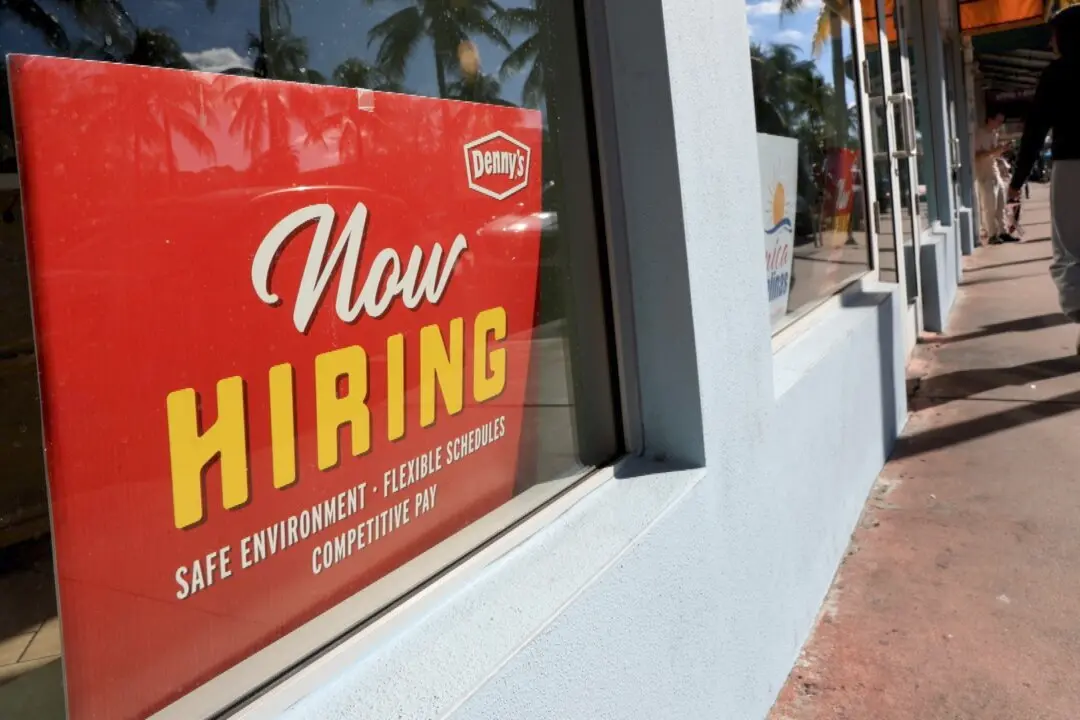Consumers are increasingly anxious about the U.S. labor market and their household finances, according to the Federal Reserve Bank of New York’s August Survey of Consumer Expectations (SCE).
Nearly 38 percent of respondents told the regional central bank that they expect the unemployment rate will be higher one year from now, up from 36.6 percent in July.





